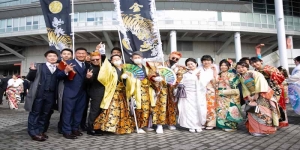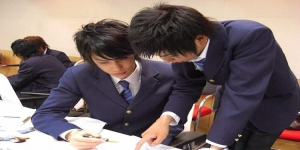The Magatama 勾玉 Ancient Jewels from the Past
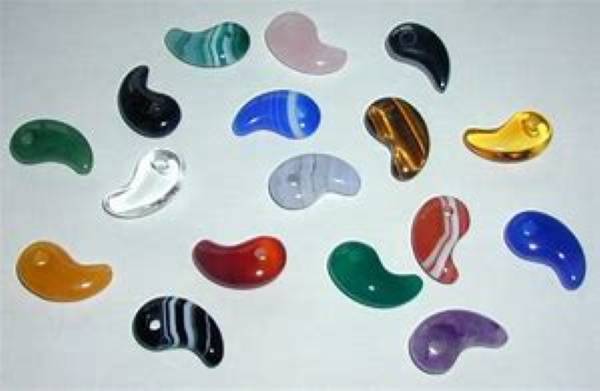
Ancient "jewels" already in use in Japan since 1000 BC At first used only as ornaments for their beauty, then became elements related to spirituality and religious rites since ancient times until today and used in everyday life.
Magatama 勾 玉 are "jewels" with a curved shape created from different types of materials (the most common are jade, agate, quartz, talc or jasper). The first artifacts seem to date back towards the end of the Jōmon period and the Kofun period, so we can place them in a period ranging from 1000 BC. and the sixth century AD
Jorōgumo 絡新婦 Spider Woman Yokai
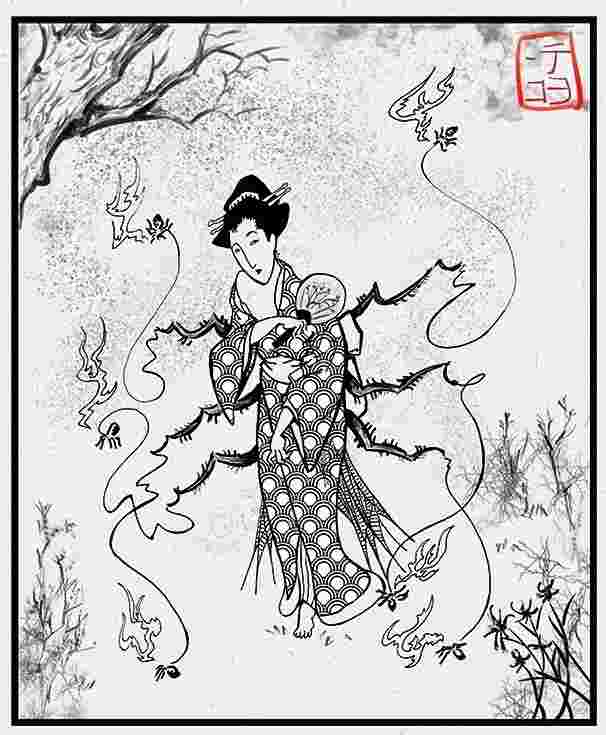
Jorōgumo 絡新婦 The Spider Woman, one of the best known yokai in Japanese folklore, appears in the tales and chronicles of Japan from the Edo period. A creature that has always had a particular charm because of its stories.
Yokai creatures such as monsters, demons, spirits, or "goblins" have been part of Japanese stories and folklore for hundreds of years and have evolved and adapted to modern times and society, transforming and finding space even in entertainment with films and anime .
L'omikuji 御御籤 and the prediction of Fortune
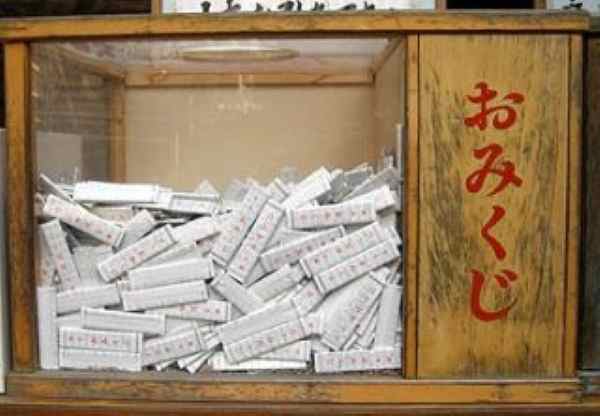 In ultra-modern Japan, where everyone runs and lives a busy life, the Japanese still stop in the temples to pray and find out what the future holds for them thanks to the omikuji, the sheets that predict luck.
In ultra-modern Japan, where everyone runs and lives a busy life, the Japanese still stop in the temples to pray and find out what the future holds for them thanks to the omikuji, the sheets that predict luck.
Omikuji, also called mikuji み く じ, is a divinatory leaflet, which we find in all Shinto and Buddhist temples in Japan. A "prediction" that includes love, work, life and health.
Tanabata-sai 七夕祭 The Summer Festival in Japan
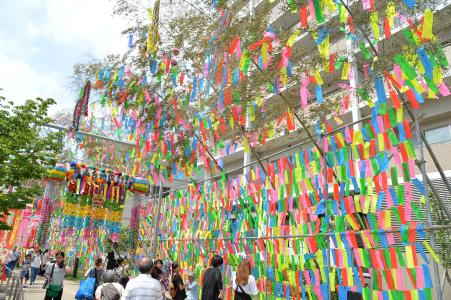
Tanabata-sai (七夕 祭) is one of the Gosekku one of the 5 most important Japanese holidays that is celebrated on July 7th which is linked to the homonymous legend that celebrates the reunification of the gods Orihime and Hikoboshi respectively representatives of the stars Vega and Arutairu.
From Chinese origin it was imported into Japan by Koken-Tennō the only daughter of Shōmu-Tennō during the Heian-jidai (794-1185) but it became very popular during the Edo-jidai (1603-1868) when it merged with Obon giving rise to the Tanabata modern.
Susanō-no-Mikoto 須佐之男 The bellicose and short-tempered God
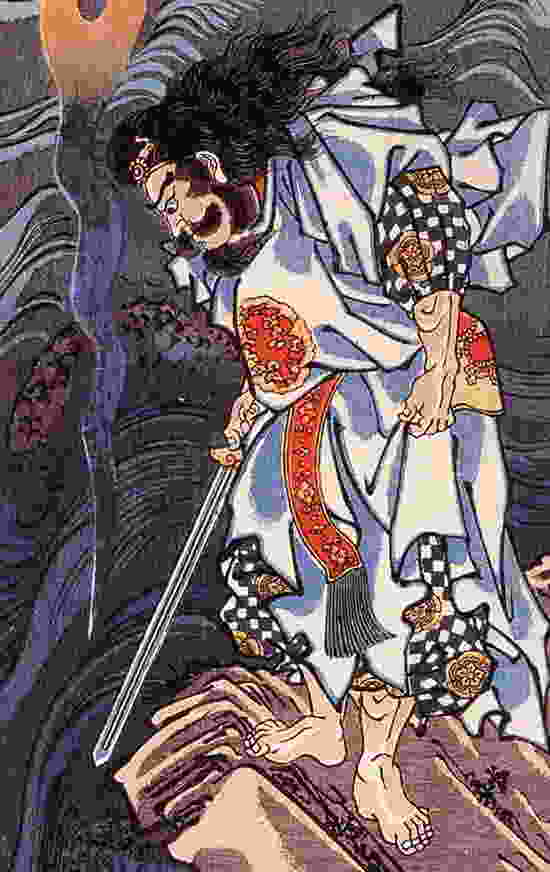
Sometimes abbreviated as Susanō, it is one of the main Kami deities of the shintō. The divinity of the sea and storms is undoubtedly the most controversial described with an insolent and warlike character often clashed with the other Kami.
In Kojiki is mentions that the three main Kami were born from the Izanagi ritual when he purified himself after his visit to the underground world Yomi-no-kuni thus conceiving the third son (the divinity of storms and the sea) from the nose-born, while Tsukuyomi- no-Mikoto (the lunar divinity) from the right eye and finally (the solar divinity) the firstborn Amaterasu-ō-mi-Kami, born purifying the left eye.
More Articles …
Page 2 of 7

 English (United Kingdom)
English (United Kingdom)  Italiano (it-IT)
Italiano (it-IT) 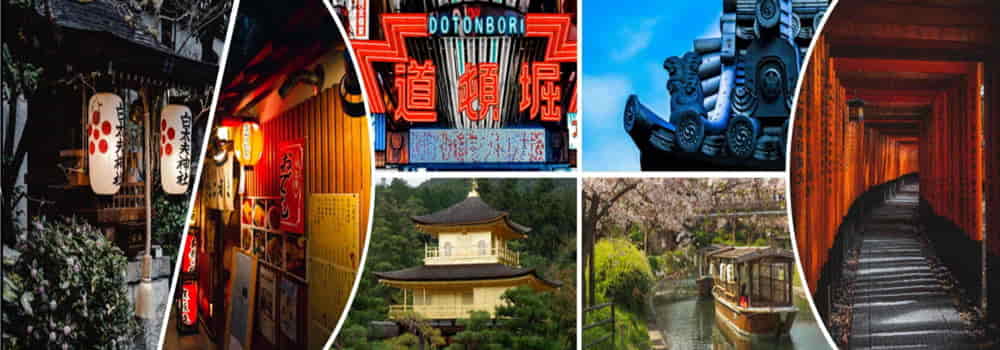
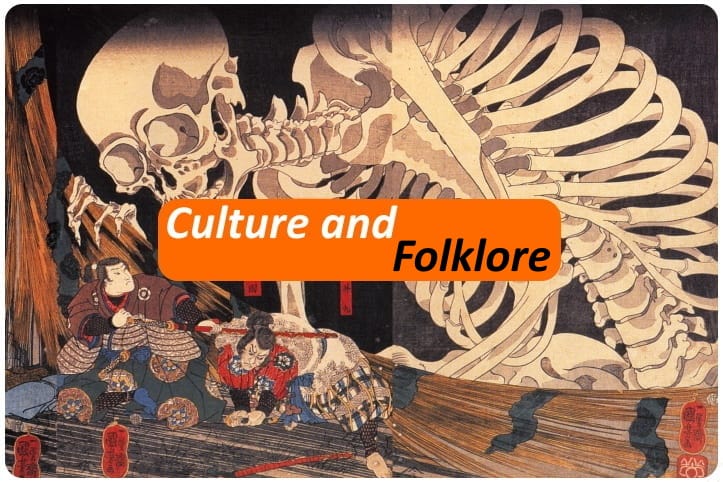
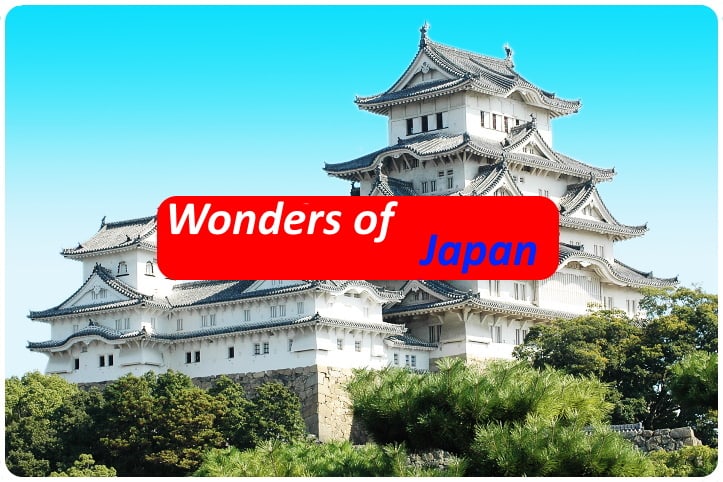
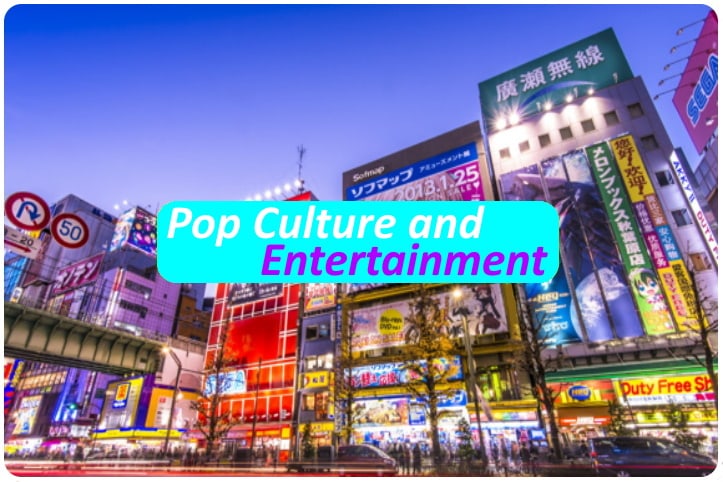
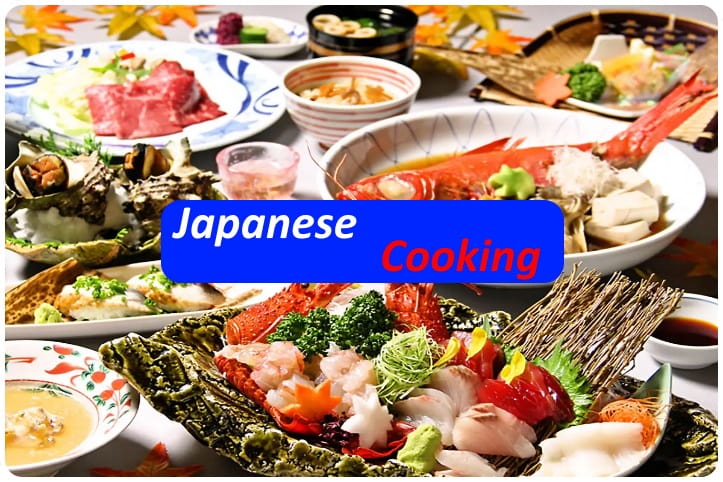

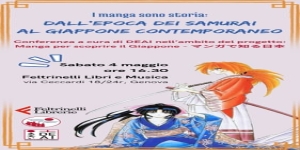
![[Review] Princess Toyotomiプリンセス トヨトミ](https://www.fukainihon.org//cache/mod_jt_contentslider/fdfb524f85518b9476158c79c8ea022f_328.png)

